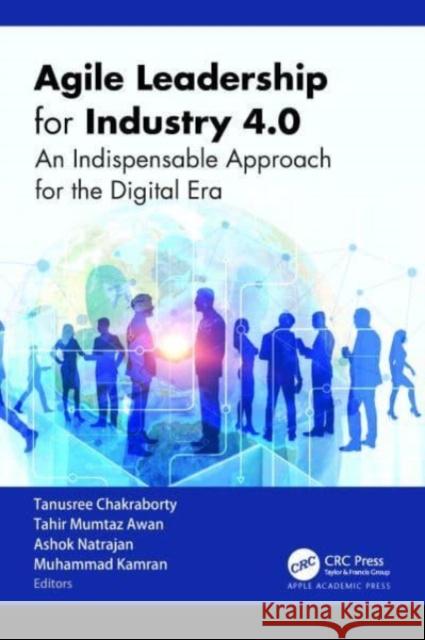Agile Leadership for Industry 4.0: An Indispensable Approach for the Digital Era » książka
Agile Leadership for Industry 4.0: An Indispensable Approach for the Digital Era
ISBN-13: 9781774911877 / Angielski
Explores the application of information-intensive technologies that integrate software, hardware, and biology (cyber-physical systems) for effective manufacturing and related industries, focusing on leadership that responds effectively to changing conditions, especially as applied to the COVID-19 pandemic.
This new volume explores the new paradigm that is Industry 4.0—the application of information-intensive technologies that integrate software, hardware, and biology (cyber-physical systems) for effective manufacturing and related industries, focusing specifically on leadership that can respond quickly and effectively to changing conditions. This volume applies these skills to leadership during the COVID-19 pandemic, skills that can be applied to many other changing conditions as well. This book effectively brings to the fore how the pandemic and Industry 4.0 are bringing agile leadership into focus.
The book’s main themes are theories of agile leadership and how technology and the COVID-19 pandemic have affected such theories; the role of virtual leadership in an age of working from home; case studies that provide valuable lessons for the agile leader; and the crucial role of human resources in providing agile leadership to an organization. The volume aggregates original theoretical, conceptual, and empirical research on challenges and opportunities in the context of Industry 4.0 and facilitates agility in management. The chapters investigate the new leadership styles and related frameworks for assessing a postmodern leadership style—agile leadership—in relation to the need for effective and work in 4.0 dynamic environment.
This book encompasses various studies and frameworks in agile leadership in the context of Industry 4.0, dynamic leadership related issues, intent-based leadership, agile mindset, fostering collaboration, cross-functional team management, strategic implementations, strategies for diversity initiatives, workplace flexibility, knowledge management, and personalization in industry.
The diverse topics explore
- role of the internet
- technological unemployment, leadership and entrepreneurship
- big data
- human resources in industry 4.0
- managing human capital and employee engagement
- virtual leadership
- the power of empathy
- role of leadership in sexual harassment in the workplace
- the agile personality and management behavior
- more
Acting as a practical and theoretical guide in explaining and articulating agile leadership, this volume will be of interest and value to academics and practicing managers alike. Forward-thinking organizations find these chapters instructive in helping them evolve, along with their leadership resources.











